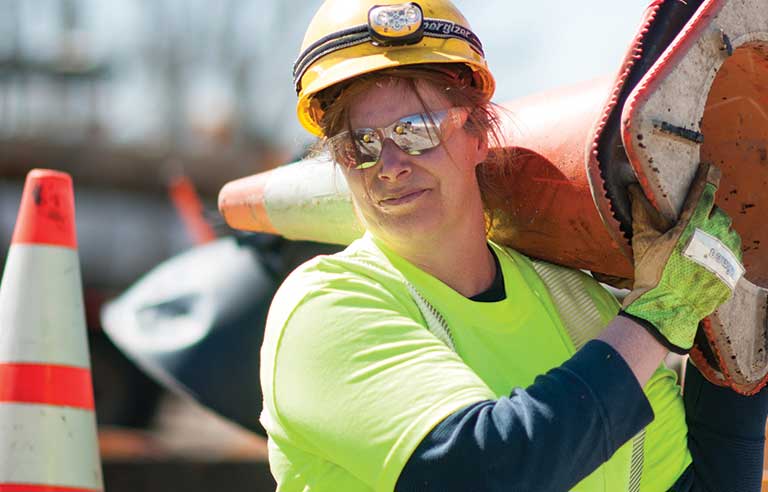
Oakland, CA — Employers are responsible for protecting workers from heat illness, the California Division of Occupational Safety and Health – also known as Cal/OSHA – reiterates in a recent reminder.
Since 2005, the state has had a heat illness prevention standard for all outdoor workers, including those in agriculture, construction and landscaping. Also protected under the standard are those who spend a significant amount of time working outdoors, such as security guards and groundskeepers, or in non-air-conditioned vehicles such as transportation and delivery drivers.
Under the standard, employers must:
- Develop and implement an effective written heat illness prevention plan that includes emergency response procedures.
- Provide instruction on heat illness prevention to all supervisors and employees.
- Make available drinking water that is fresh, pure and suitably cool, and encourage workers to drink at least 1 quart per hour.
- Make sure shade is available when temperatures exceed 80° F or when workers request it, and encourage rest breaks.
Employers also should consider heat illness mitigation strategies while implementing required measures designed to prevent the spread of COVID-19, including allowing appropriate time and space for workers to take breaks while maintaining physical distancing protocol. Further, employers should provide cloth facial coverings or allow workers to use their own.
“Employers should be aware that wearing face coverings can make it more difficult to breathe and harder for a worker to cool off, so additional breaks may be needed to prevent overheating,” Cal/OSHA says in a May 26 press release, adding that agricultural and other outdoor workers are not encouraged to wear surgical or respirator masks as facial coverings.
The agency has published a sample document employers can use to develop a heat illness prevention plan.


